Characteristics of brewing flavor of Indonesian honey-treated West Java coffee in Indonesian West Java boutique coffee producing area
Professional coffee knowledge exchange more coffee bean information please follow the coffee workshop (Wechat official account cafe_style)
When it comes to Indonesian coffee, people will first think of Manning coffee. Manning coffee refers to the coffee from Sumatra, its coffee flavor is mellow, low-acid, deeply loved by many coffee gluttons. Among the Indonesian coffee on the front street, in addition to Mantenin coffee from Sumatra, there is another coffee bean from West Java, which has a very different flavor from Mantenin. In this article, the front street will take you to learn about this special flavor of Indonesian coffee beans.
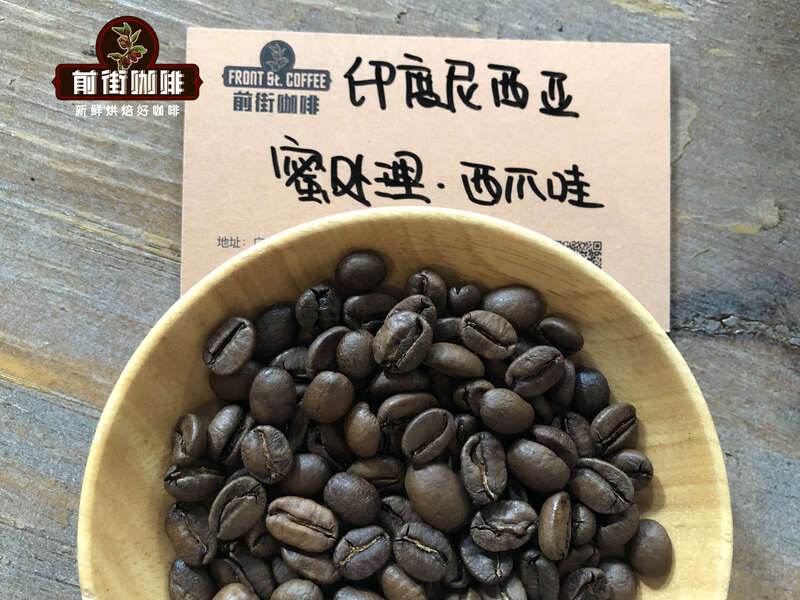
Product name: Edini, West Java, Indonesia
Producing area: Tiegula Mountain, West Java
Altitude: 1400-1600m
Variety: S795 Jember
Treatment method: sun honey treatment
Coffee producing area
West Java is a first-tier administrative district of Indonesia. Located in the western part of Java, facing the Java Sea to the north and the Indian Ocean to the south, including offshore islands, covering an area of 46300 square kilometers, Java has a tropical rain forest climate, which is hot and humid all the year round. The plains along the northern coast have the highest temperatures, while the mountains are much cooler. High humidity often creates a debilitating climate. From November to March of the following year is the northwest monsoon period, rainy and cloudy; from April to October is the southeast monsoon period, with more sunny days and less rainfall. The average annual rainfall in Jakarta is about 1760 mm (69 inches). The average daily maximum temperature in Jakarta is 30 ℃ (86 ℉) and the lowest is 23 ℃ (74 ℉). In the highlands of Tosari (Tosari, 1735 m (5692 ft) above sea level), the average temperature is 22 ℃ (72 Murray 47 ℉). Because volcanic ash periodically fertilizes the land, the soil in Java is very fertile.
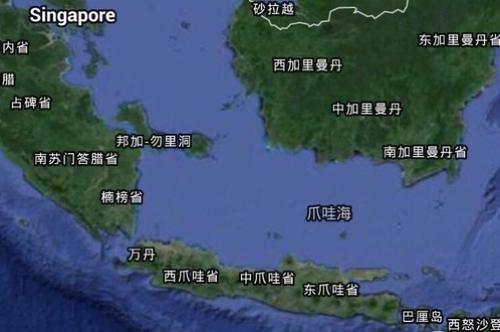
Java plays an extremely important role in the history of coffee. Unlike most other Indonesian coffee, Arabica coffee grows on small farms for initial processing. Java coffee is grown on large farms or plantations. most of them are operated by the government and are washed in modern ways. The variety, which belongs to S795 and is called Jember by local people, is artificially cultivated. Qianjie will choose this coffee bean on the shelves because it shows the delicate aroma of Java, with relatively soft acidity, delicate taste and good balance. Java coffee has a better aroma and acidity than coffee from Sumatra and Sulawesi.
Java coffee bean variety
S795 bean body color is blue and green, its original tree species natural variation comes from S288, while S288 was originally an excellent hybrid variety cultivated in India in 1946. S288 was named S26 after being mixed with Typica and S288 (the first generation), because the first generation of S288 was crossed between Arabica and Liberian Liberica and always had the fishy smell of Liberia. Indian botanists then used the first generation of S288 and Typica hybrid Kent and the second generation of S288 to become the present S795.
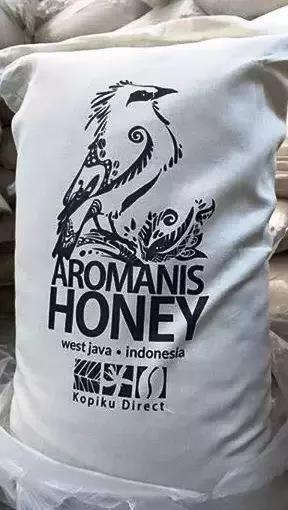
The S795 planted in West Java is introduced by the Provera Coffee Research Center (Jember Coffee Research Center) in East Java to Javanese farmers after introducing local varieties from India, so the local farmers in Java are also directly known as Jember.
Coffee bean treatment-honey treatment
Honey treatment is a complex, time-consuming and difficult processing method. The first step is to select high-quality fruit, and then peel off the pulp to leave the endocarp, where the endocarp is the core of honey treatment. The endocarp is rich in sugar and sour taste, which will slowly seep into the coffee beans during the drying process. The second step is drying, which is the most important condition for the production of high-quality coffee beans. Honey treatment keeps the coffee clean after washing, and although the brightness of the coffee decreases, it increases the sweetness and caramel taste. According to the different degree of honey treatment, honey-treated coffee can be divided into yellow honey treatment, red honey treatment and black honey treatment.
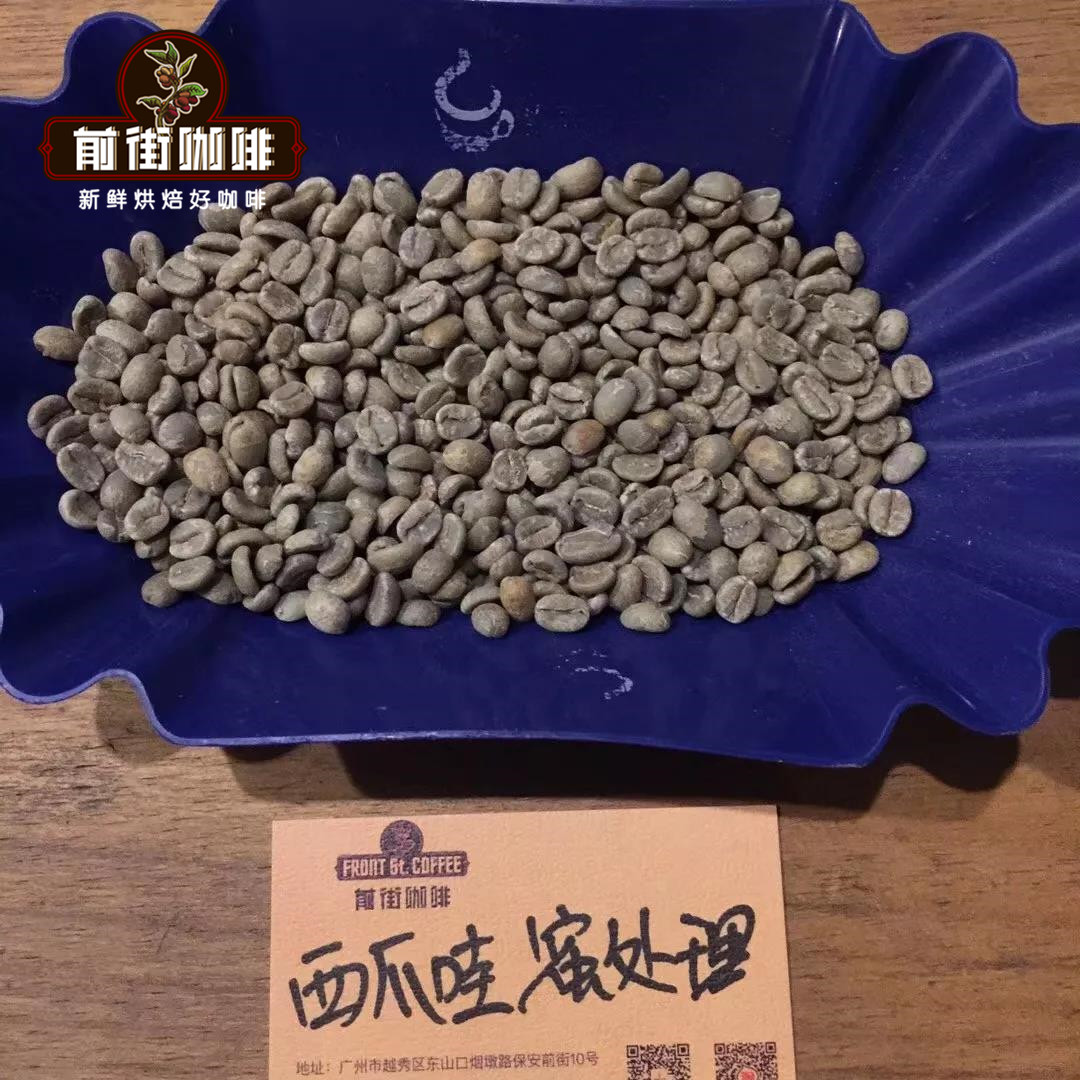
Qianjie Coffee believes that the flavor of honey-treated coffee beans is better, sour taste and sweet taste are balanced, and because of the same sun exposure, the aroma of coffee beans themselves will be magnified and mellow.
Front street baking record
Qianjie Baker noticed that the density of West Java raw beans is high, so the firepower adjustment should be particularly careful, and highlight the fruit flavor and sweetness, choose moderate roasting, you can fully show the uniqueness of raw beans, after 1 minute, the initial firepower will be relatively large, until the early stage of dehydration to adjust the firepower, so that the taste and aroma of coffee become uniform.
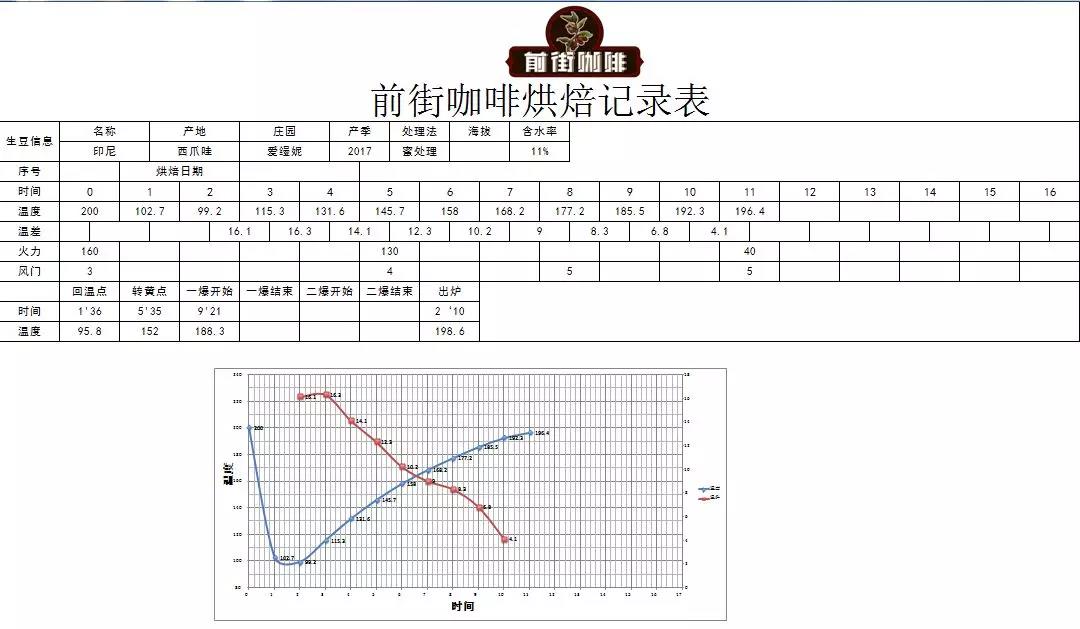
Qianjie Cup test report
Through the cup test in Qianjie, it is found that the main feature of this bean is its complex sweetness and fruity aroma, which is more obvious than the African Yega Chuefei, which is also famous for its floral aroma. Its taste spectrum is inclined to the tropical fruits with heavy flavors such as mango and polo honey, which are complex and calm, while the unique honey treatment techniques bring a faint flavor of red wine.
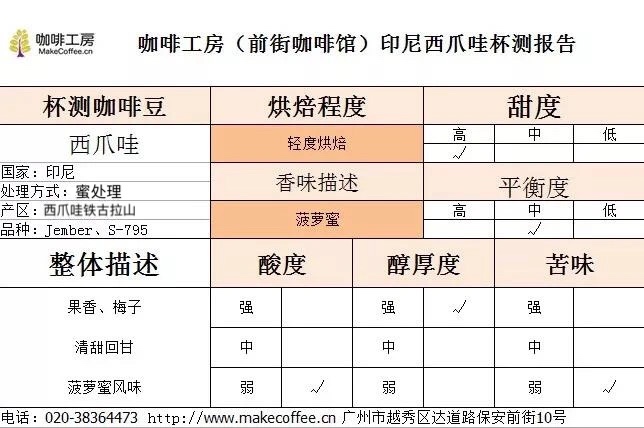
Qianjie coffee brewing recommendation
Water temperature: 90-91 degrees
Degree of grinding: BG#6m (fine sugar size / 20 sieve bowl sieve powder to 80%)
Ratio of powder to water: 1:15
Amount of powder: 15g
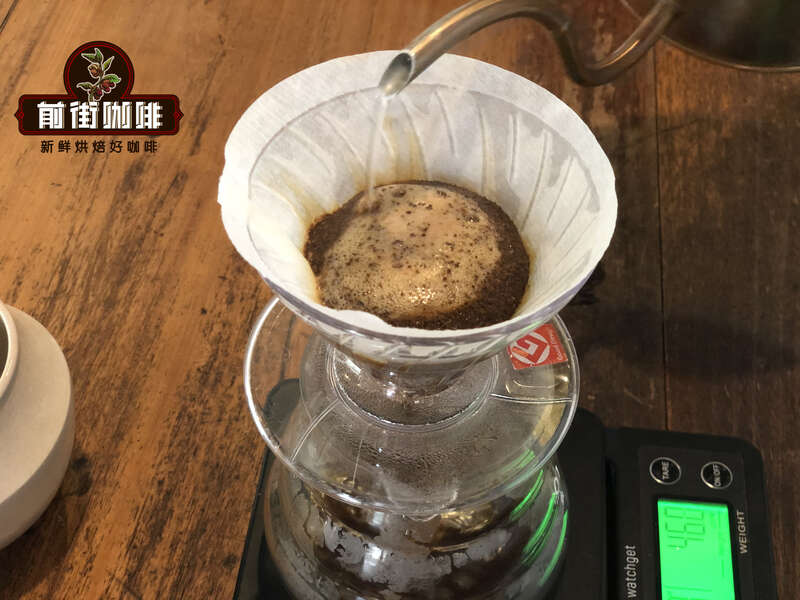
Qianjie cooking technique:
In the first stage, 30 grams of water is injected for 30 seconds, followed by 95 grams (about 125 grams indicated by the electronic scale). The injection is completed in about 1 minute, and the remaining 100 grams are injected at 3 places in the powder layer when the water level drops to 2 grams (about 225 grams shown by the electronic scale). About 1 minute and 40 seconds. The filtration is completed, remove the filter cup and complete the extraction.
Cooking flavor: very rich tropical fruit flavor, mango, jackfruit and other fruits sweet, with red wine fermentation feeling.
For more boutique coffee beans, please add private Qianjie coffee on Wechat. WeChat account: kaixinguoguo0925
Important Notice :
前街咖啡 FrontStreet Coffee has moved to new addredd:
FrontStreet Coffee Address: 315,Donghua East Road,GuangZhou
Tel:020 38364473
- Prev
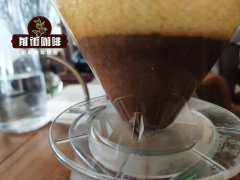
What is the effect of knowing the coffee producing area on your coffee drinking? What is the importance of coffee producing areas?
Coffee-producing countries are very busy as long as they are in the harvest season, busy with the harvest and processing of the fruit, and then we can buy raw coffee beans before they can be roasted, brewed and drunk. The labourers in the production areas will seasonally move to the harvest areas, and will quickly load the ripe fruit into the car and transport it to the treatment near the farm.
- Next
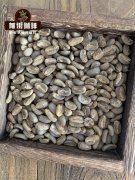
How is the development of coffee farms in Costa Rica? What is the ranking of coffee quality in Costa Rica?
During the Excellence Cup event, Ally Coffee's Central American buyer Bram first contacted the producer JorgeVasquzUrea and his cousins Alex and Daniela in a coffee shop in San Jose, Costa Rica. Since that meeting, the relationship has developed, and Ally Coffee has invested in ways to help connect Roble Negro coffee with roasters around the world.
Related
- Beginners will see the "Coffee pull flower" guide!
- What is the difference between ice blog purified milk and ordinary milk coffee?
- Why is the Philippines the largest producer of crops in Liberia?
- For coffee extraction, should the fine powder be retained?
- How does extracted espresso fill pressed powder? How much strength does it take to press the powder?
- How to make jasmine cold extract coffee? Is the jasmine + latte good?
- Will this little toy really make the coffee taste better? How does Lily Drip affect coffee extraction?
- Will the action of slapping the filter cup also affect coffee extraction?
- What's the difference between powder-to-water ratio and powder-to-liquid ratio?
- What is the Ethiopian local species? What does it have to do with Heirloom native species?

